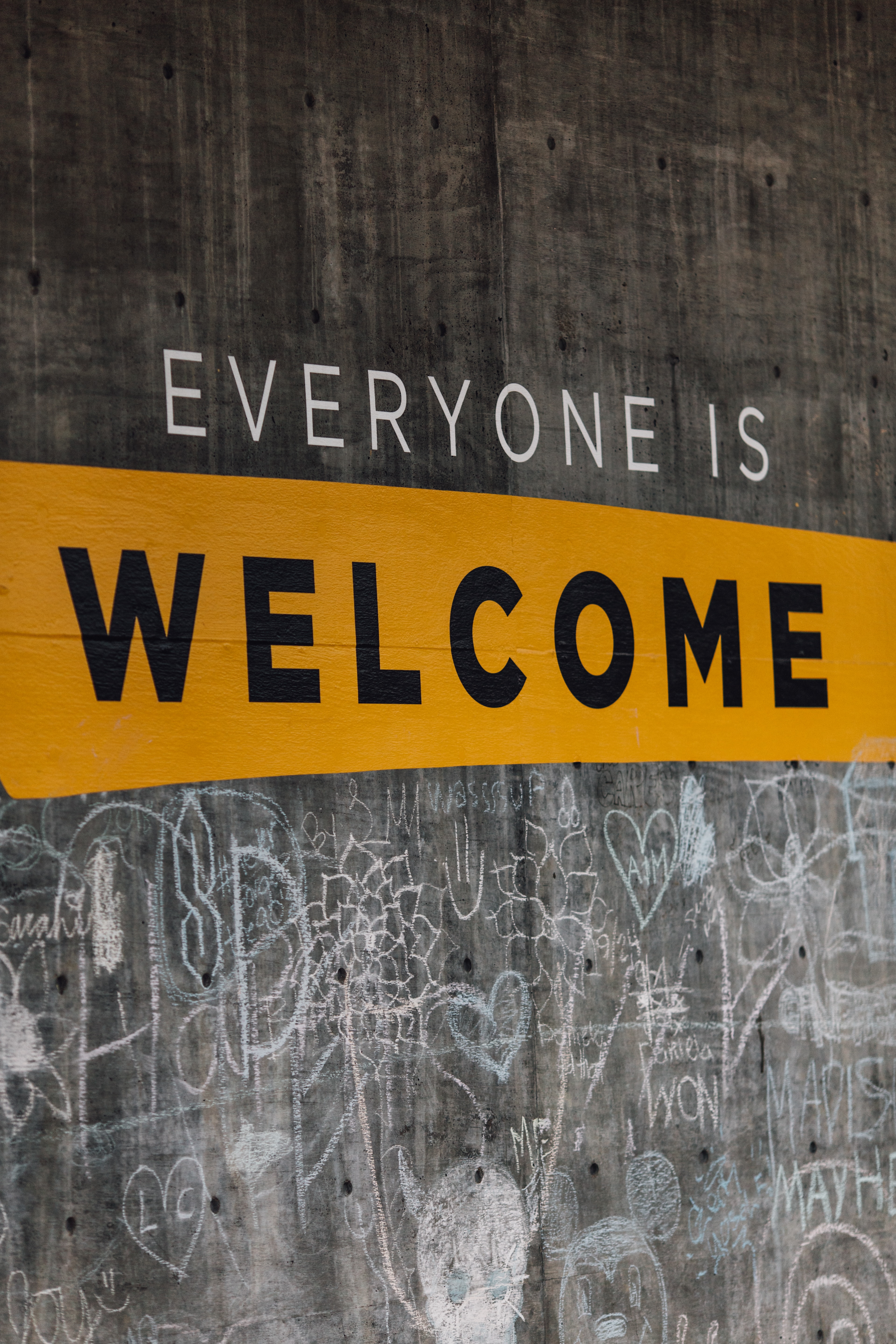
The Picture of Texas
-
The Need – Underserved Communities
More than two-fifths of Black women experience physical violence by an intimate partner during their lifetimes, compared with 31.5% of all women1.
People who identify as LGBTQ experience higher rates of domestic violence, and 54% of people identifying as transgender have experienced domestic violence 2,3.
Access
Clear evidence from research and interviews with staff and survivors highlighted that not all survivors in Texas are able to access services in the same ways. Many identity-specific factors negatively affect a survivor’s access to helping systems, including race, ethnicity, primary language, sexual orientation, and gender expression4. This lack of access compounded with societal oppression, and higher rates of violence in communities of color and in the LGBTQ community, paint a bleak picture for these survivors.
Equity
The intersection of multiple oppressive systems creates serious issues for survivors with overlapping identities resulting from immutable, personal characteristics. Survivors are also impacted by multiple oppressive systems that intersect to create unique sets of situations and barriers to a life free of violence and oppression. For example, if someone identifies as Asian and bisexual, the intersection of those two identities has different outcomes when engaging with systems than if that person expressed just one of those identities. Alternatively, if the survivor shared that they were Asian and transgender, nearly 1/4 of all Texas domestic violence hotlines report confusion on service access highlighting these barriers.
1 DuMonthier, A., Childers, C., Milli, J. (2017). The Status of Black Women in the United States. Institute for Women’s Policy research. Retrieved at https://iwpr.org/wp-content/uploads/2017/06/The-Status-of-Black-Women-6.26.17.pdf.
2 James, S. E., Herman, J. L., Rankin, S., Keisling, M., Mottet, L., & Anafi, M. (2016). The Report of the 2015 U.S. Transgender Survey. Washington, DC: National Center for Transgender Equality.
3 Center for Disease Control and Prevention. (2010). National Intimate Partner and Sexual Violence Survey: 2010 Findings on Victimization by Sexual Orientation. Retrieved at https://www.cdc.gov/violenceprevention/pdf/nisvs_factsheet_lbg-a.pdf.
4 Lipsky, S., Caetano, R., Field, C. A., & Larkin, G. L. (2006). The role of intimate partner violence, race, and ethnicity in help-seeking behaviors. Ethnicity & Health, 11(1), 81-100.

-
Future of Texas – Underserved Communities
Participants in the State Plan underserved stakeholder groups brought up the role of the local community as a supportive and necessary part of serving underrepresented groups. On the other hand, participants also discussed how, in many ways, the local community may serve as a barrier for individuals and families to seek assistance. Services like mobile advocacy or meeting survivors in community spaces instead of an agency’s buildings can provide new ways of reaching different people. One stakeholder group participant said, “I think mobile advocacy model has a lot of potential for helping diverse communities, especially if we merge, like mobile advocacy and peer support, and peer-led models, to get providers out into the community, and more integrated into different agencies, and systems, and clinics, and wherever folks are connected, and have their community… It kind of merges, like prevention and intervention, and community-building.” Any system working with survivors (domestic violence programs, law enforcement, etc.) can partner with and empower community members and grassroots organizations already working within underserved communities. These partnerships should be built with respect for people already doing the work and humility in understanding the actual needs of each community.
For people who identify with a racial minority, in addition to the many other barriers that any survivor might face, they must always be cognizant of the way any system and any helping profession might perceive and respond to them differently based on their race. Members of the LGBTQ Stakeholder Group spoke of similar experiences within their communities and particularly the extensive barriers and violence that members of the trans community face. Dismantling racism, sexism, ableism, and homophobia must be at the center of the anti-violence movement, alongside broader anti-oppression work, as these oppressions feed intimate partner violence. The dismantling should include attention to overt and covert oppression and discrimination among domestic violence programs, criminal and civil justice entities, and community stakeholder staff, and include a commitment to representational inclusion of diverse staff and leaders.
*Note: The State Plan research team acknowledges that there are many other underserved communities present in Texas that the scope of the project did not include. Their lack of inclusion does not indicate a lack of commitment to serving all survivors in the state and their importance to committing to a violence-free society.
Texas Council on Family Violence
PO Box 163865
Austin, TX 78716
P 512.794.1133
F 512.685.6397
800.525.1978
Intranet
Staff Login
Board Login
© 2020 Texas Council on Family Violence